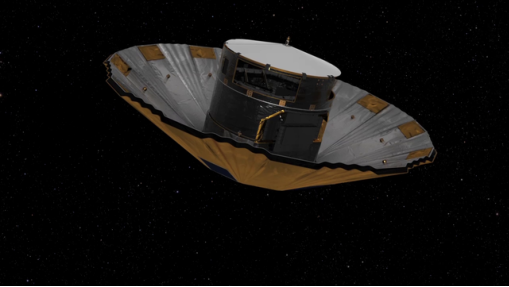

Reports - 2013
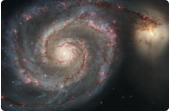

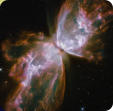
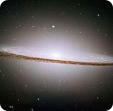

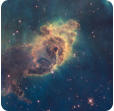

Astronomy Benalla Meeting Presentations - Wednesday 17th July 2013
Presenter: Patrick Watson
The Spacecraft GAIA
The presentation looked at the European Space Agency (ESA) Spacecraft GAIA and its mission.
We began by first reviewing the HIPPARCOS mission. Sounding like the name of Hipparchus, the Greek astronomer,
its different spelling reflects that the name was also an acronym for High Precision Parallax Collecting Satellite - an
astrometric satellite launched in 1989 by ESA.
Hipparchos measured the position, proper motion, and brightness of 118 218 stars down to 12th magnitude and the
magnitude and colour of a million stars down to 10th magnitude with a median accuracy of slightly better than 0.001
arcsecond, and more than one million stars to lesser precision. The detector could only follow the path of one star at a
time.
Now compare with GAIA - Global Astrometric Interferometer for Astrophysics.
GAIA will scan the sky for 5 years and will provide very accurate astrometrical position of about a billion stars (1% of
our galaxy).
Magnitude 15 stars position will be accurate to 9-26µas (micro arc seconds!) depending on spectral type and
magnitude 20 stars to 100-330µas.
GAIA will observe each of its one billion sources about 70 times (some 40, others 200), resulting in a record of the
brightness and position of each source over time.
Also measured will be the positions of stars both in our Galaxy and other members of the Local Group, perform
spectral and photometric measurements of all objects, derive space velocities of the Galaxy's constituent stars using
the stellar distances and motions will create a three-dimensional structural map of the Galaxy.
GAIA Under construction
GAIA provides for three major technical functions: astrometry, photometry and spectrometry.
GOALS:
The History of the Milky Way
Quantify the early formation, and subsequent dynamical, chemical and star formation evolution of the Milky Way
Galaxy.
Planet Detection
For stars within a distance of approximately 150 light-years from the Sun, Gaia is expected to find every Jupiter-sized
planet with an orbital period of 1.5 - 9 years.
Brown Dwarfs
Gaia will detect tens of thousands of brown dwarfs, both drifting through space and in orbit around other stars, if they
are there.
Asteroids and Solar System Discoveries
It is expected that the spacecraft will detect tens of thousands of minor planets. Some of them will be near-Earth
objects (NEOs), others will live in the 'main-belt' of asteroids between Mars and Jupiter, yet more will be located in the
icy realms of the outer Solar System known as the Kuiper Belt.
Exploding Stars
During Gaia's five-year lifetime, calculations suggest that the spacecraft will detect some 100 000 exploding stars
(supernovae) in distant galaxies, before they reach their maximum brightness. This will provide an early warning
system for astronomers on Earth who wish to study them and use them to gauge distances to the host galaxies (Type
1a Supernova).
Testing Einstein’s General Relativity
Because the accuracy to which the spacecraft can measure positions is so great that usually negligible gravitational
effects will show up in the data.
One such effect is the bending of light by massive objects. Gaia will detect this shift and allow the most precise
measurement of this effect ever.
Gravitational Waves - as yet, gravitational waves remain undiscovered but Gaia's precision observations will allow
astronomers to calculate upper limits on their strength.
Stellar Evolution
The large sample of stars over different stellar type gathered by Gaia, will greatly extend our understanding of stellar
structure and evolution and will allow further improvement of theoretical models of stellar interiors.
GAIA with Sunshade Deployed.
With Logo. Almost ready to roll out.
Pictures and Text - European Space Agency







